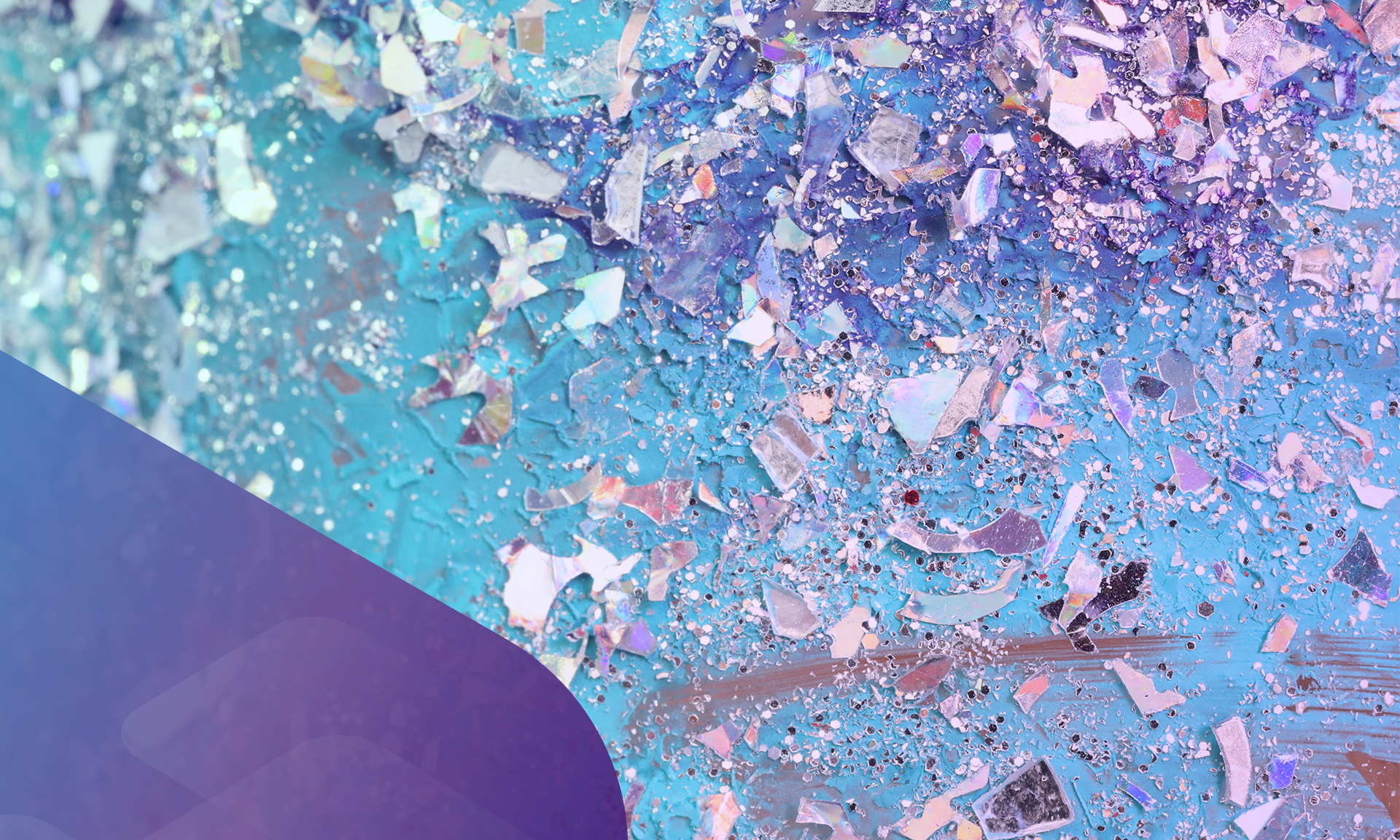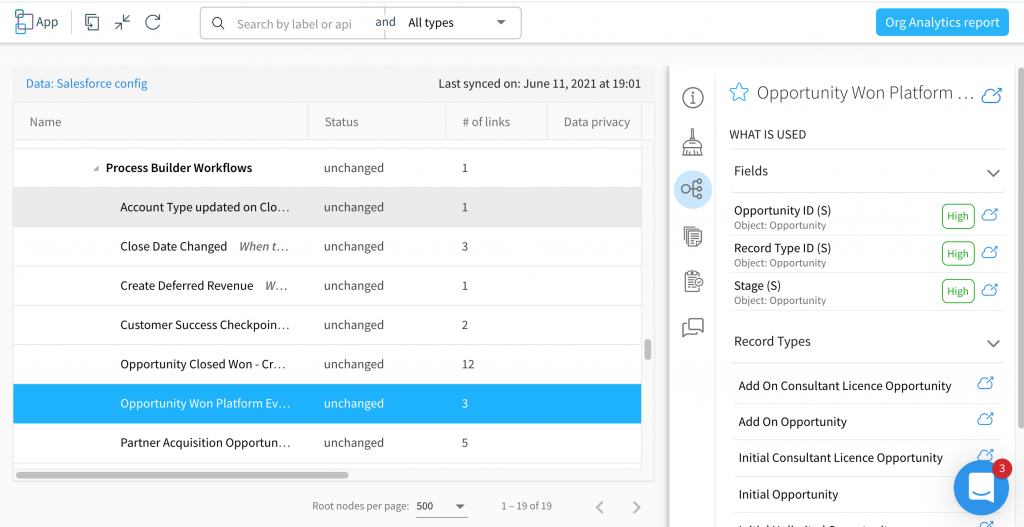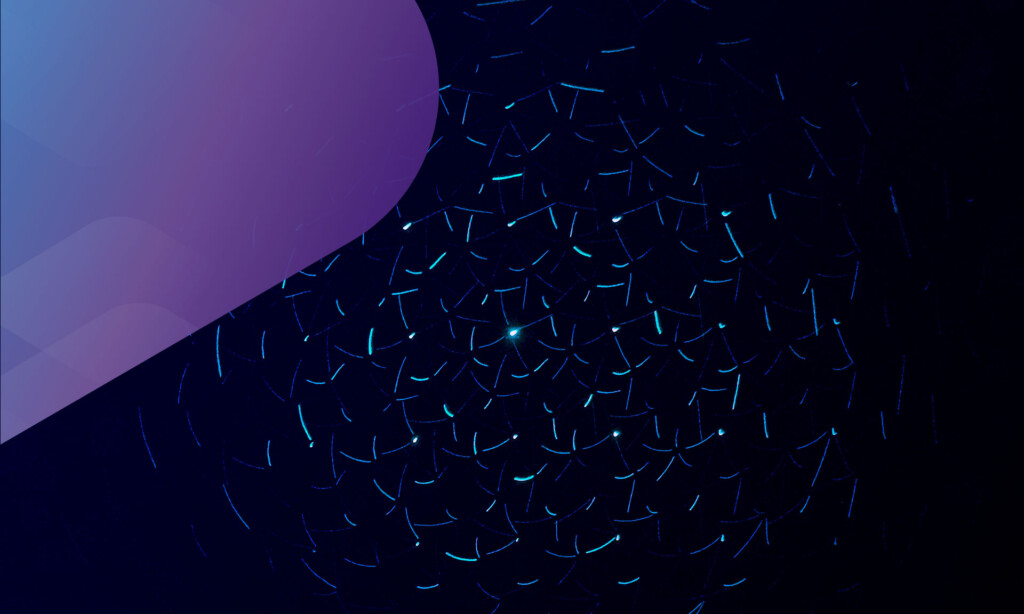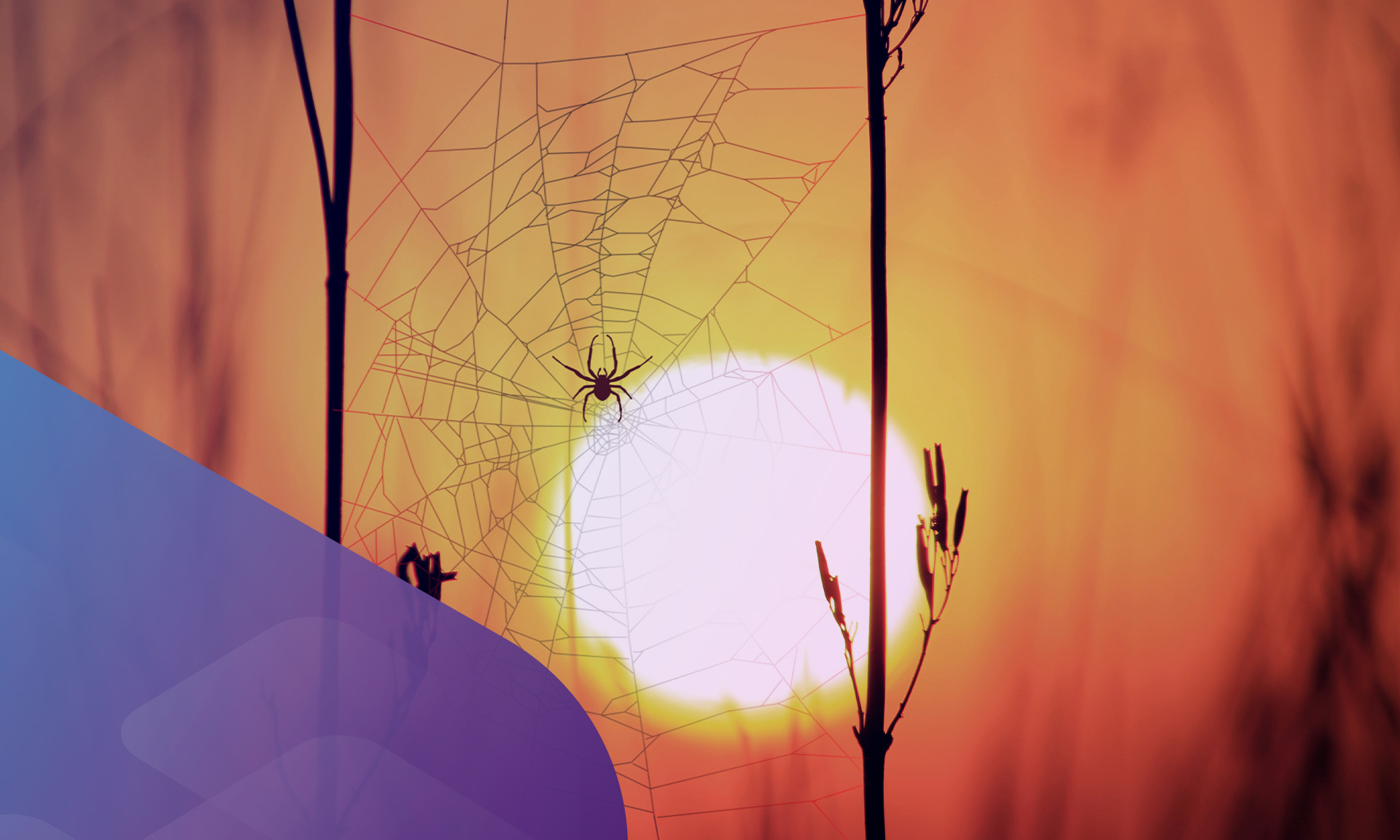
Record types are like glitter. But now you can get rid of them.
Once you have added a record type it is very, very difficult to get rid of it. They are like glitter. Those with small children and arts & crafts projects can relate to this. Why does glitter stick to everything? The answer: Static Electricity, Viscosity & Surface Tension.
Back to the plot. Record Types work a little like fields with superpowers. They can be used predominantly in Apex, Formula Fields, Flows, Process Builders and Reports. But there is no way to find out which ones, so you daren’t delete them because you have no idea of the impact. They are a huge source of technical debt, especially as every picklist value on a picklist field has to be mapped to a record type.
The scariest we have come across is 255 record types on Opportunity where there were 130 picklist fields and some of the fields had 100’s of values. This resulted in over 5 million record type mappings.
Record Type Where Used to the rescue
Record Type dependencies has been probably the most requested feature. But it has taken a huge amount of development effort. Now the latest release of Elements.cloud you can see the dependencies in Apex, Formula Fields, Flows and Process Builders and Reports.
Why does glitter stick to everything?
Physicists (people who study how materials interact with the world around them) believe there are several ways to explain glitter’s grip. Here are a couple of theories: (source: https://www.childrensmuseum.org/blog/why-does-glitter-stick-everything)
Static Electricity
The metal coating of glitter is negatively charged, meaning it has more electrons in it, and when it comes into contact with a positively-charged material the opposite forces attract and hold on to each other like magnets.
Air Viscosity
In simple terms, when a small piece of glitter come into contact with a flat surface it pushes the air out from underneath it. The air above it then begins to push down on the glitter making it difficult to grab. You can see this in action by trying to pick up a piece of paper from a flat surface. You have to pull up a corner and allow air to get between the paper and the surface to pick it up.
Surface Tension
Glitter sticks to you because of moisture present on the surface of your skin. Water is referred to as a “polar molecule” because it has both a positively-charged end and a negatively-charged end (similar to a magnet). So bits of water on your skin will be attracted to the charge of glitter and create an attractive force.
Photo by Sharon McCutcheon on Unsplash
Sign up for
our newsletter
Subscribe to our newsletter to stay up-to-date with cutting-edge industry insights and timely product updates.






